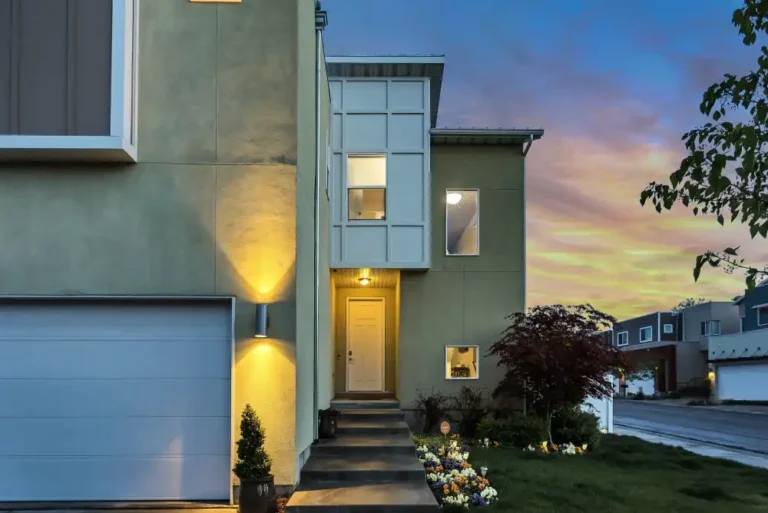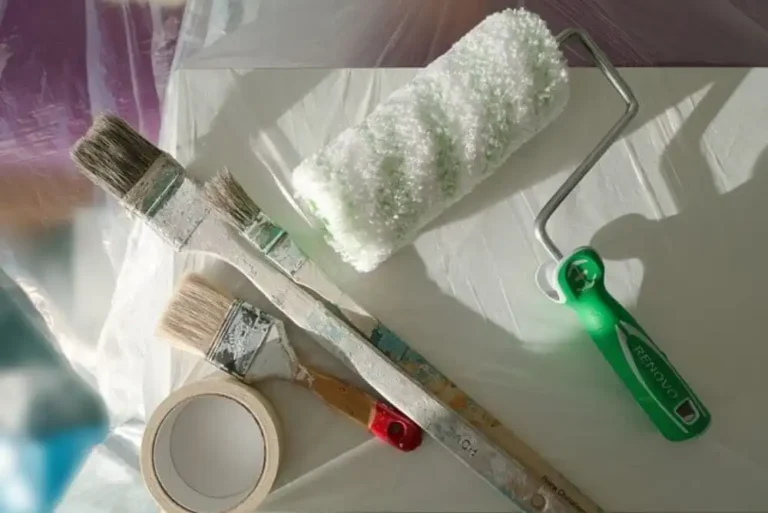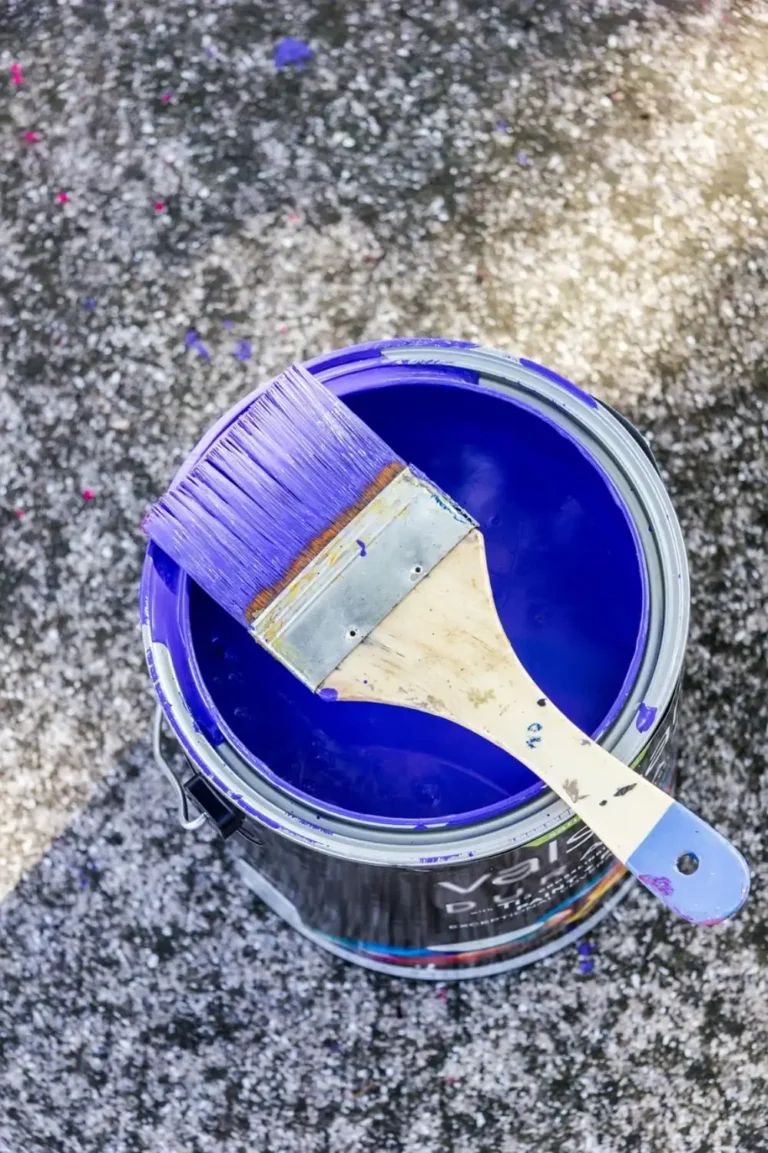How Long Does Spray Paint Take to Dry
Spray painting is one of the quickest and most convenient ways to give new life to almost any surface. Whether you’re updating furniture, working on a creative project, or refinishing décor, understanding how long spray paint takes to dry is essential for achieving a smooth, durable finish.
This guide explains the factors that influence drying time, average drying durations across different materials, and effective ways to speed up the process.
Factors That Affect Spray Paint Drying Time
Several variables determine how quickly spray paint dries. Knowing these can help you plan your project and ensure the best results.
Type of Paint
Different spray paint formulas dry at different rates.
- Enamel paints typically take longer—often between 8 and 24 hours—to fully cure.
- Acrylic spray paints dry faster, usually within 2 to 4 hours.
- Lacquer paints are the fastest drying, often becoming dry to the touch within 10 to 30 minutes.
Temperature and Humidity
Warm, dry conditions are ideal for spray painting. At around 70°F (21°C) with 50% humidity, drying may occur within 1 to 2 hours. Cold or humid conditions, however, can extend drying times significantly—sometimes taking several days.
High humidity slows solvent evaporation, while cold air thickens the paint, both of which can lead to uneven finishes.
Surface Material
The material you’re painting plays a major role:
- Porous surfaces like wood absorb paint, allowing it to dry faster.
- Non-porous surfaces such as metal or plastic retain moisture and solvents longer, extending drying time.
Thickness of Application
Applying thick layers can trap solvents underneath the surface, causing the top layer to dry first while the lower layers remain tacky. To avoid this, apply multiple thin coats, letting each one dry fully before adding the next.
How Long Does Spray Paint Take to Dry on Different Surfaces
Drying times vary depending on the type of surface being painted. Here’s what to expect for common materials.
Spray Paint on Wood
Wood surfaces usually dry to the touch within 1 to 2 hours and fully cure in about 24 hours. Because wood is porous, it absorbs paint easily, which helps speed drying. For best results, sand lightly and use a primer before applying paint to create a smoother finish and reduce paint absorption.
Spray Paint on Metal
Spray paint typically becomes dry to the touch on metal after 2 to 4 hours, with full curing taking 24 to 48 hours. Since metal is smooth and non-porous, paint takes longer to adhere and dry. Using a metal-specific primer before painting improves adhesion and speeds up drying time.
Spray Paint on Plastic
Plastic surfaces generally dry to the touch in 30 minutes to 1 hour, but complete curing may take 24 to 48 hours. Plastics require special care—clean thoroughly before painting and use a primer formulated for plastic to improve adhesion and ensure even coverage.
Spray Paint Outdoors
Under ideal outdoor conditions—moderate temperature, low humidity, and light airflow—spray paint typically dries to the touch within 30 minutes to 1 hour. Full curing takes 24 to 48 hours. Wind can help accelerate drying by increasing airflow, but avoid dusty conditions that could settle particles on wet paint.
Will Spray Paint Dry in Cold Weather
Spray paint will eventually dry in cold weather, but it takes much longer. Low temperatures slow solvent evaporation and extend both drying and curing times. For optimal results, paint when the temperature is above 50°F (10°C).
If painting in colder conditions is unavoidable, use a space heater to gently warm the workspace or move the object indoors after painting to promote faster drying.
How to Make Spray Paint Dry Faster
If you’re short on time, there are several ways to help spray paint dry more quickly without compromising the finish.
Apply Thin Coats
Multiple light coats dry faster and more evenly than one heavy coat. This method also helps prevent drips, sags, and uneven texture.
Improve Air Circulation
Use a fan to increase airflow around the painted object. A gentle, consistent breeze helps solvents evaporate faster. Avoid high-speed fans that could blow dust onto the surface.
Control Temperature and Humidity
Keep the environment warm and dry. Use a dehumidifier if needed, especially for indoor projects. Reducing moisture in the air speeds up the curing process.
Choose a Fast-Drying Formula
Many modern spray paints are formulated for faster drying. Look for labels marked “quick-drying” or “fast cure.” These often contain special additives that accelerate the process without affecting finish quality.
Final Thoughts
Understanding how long spray paint takes to dry—and how to control those conditions—can make a significant difference in the quality of your finished project. Factors like paint type, surface material, and environmental conditions all play a role, but with thin, even coats and proper ventilation, you can achieve a professional-looking finish every time.
With the right preparation and patience, spray painting can transform any project efficiently and effectively.






